Opposition to the proposed route of the Dakota Access pipeline has been growing since this spring, as members of the Standing Rock Sioux Tribe and other indigenous people and supporters have gathered in North Dakota to protest the development. As the U.S. Army Corp of Engineers announced over the weekend that it would not allow the pipeline to be routed under a dammed section of the Missouri River, protesters are celebrating but bracing for a continued fight. Since this summer, Josué Rivas has been photographing at Standing Rock, documenting what he sees as a new chapter of indigenous resistance. In an edited email interview, PDN spoke with Rivas about his work there as the protest has grown and changed, and as his approach to photographing it has developed.
PDN: What first brought you to Standing Rock? How long have you been there, and how have you approached photographing there?
Josué Rivas: I first came to Standing Rock because my uncle asked me to come and document the opposition to the Dakota Access Pipeline. My uncle is a medicine man from the Standing Rock reservation, and he felt it was important to have indigenous photographers and filmmakers lead the in getting the story out. There has been a media blackout on this issue throughout the last six months.
I’ve been documenting this issue since August. As an indigenous man, I feel the need to ask the spirits for guidance on how to approach the situation. I always give thanks for everyday we get to have this many indigenous and allies in one place to pray and rebuild our strength as peoples. I’ve come to learn that there are many layers to this story, and I’ve been slowly peeling them. Whether I photograph around the camp or at the front lines, my approach is always to be respectful. I believe there is a lot of power in carrying a camera, so I use it wisely. My motto is to follow my light.
PDN: Some of your photographs feel like collaborations with your subjects, and some feel more documentary—is there a mode that you feel is more effective, or that you feel more drawn to?
J.R.: When I first got here at the camps, there was not that many people (probably 1,000 at the most). It was in the early stages of development. At that time it was easier to take portraits of folks because there weren’t many photographers here either. As time went on more and more freelancers came to jump on the opportunity to document. People started to close up a bit because of the aggressive approach to taking their portrait. I personally started to look at my body of work as a long term project; I envision a book someday. Now when I take portraits they are more candid—I get closer physically and spiritually as well.
This historical gathering of nations is key for our survival as indigenous peoples in so-called America. For the first time in history, tribes from all over the world came to support the people of Standing Rock. Some of these tribes used to be enemies, but they felt water was important enough to put their differences aside. As I document these moments, I think of the future generations. I photograph in order to tell them the story of this time. To me this is a personal story so I tend to focus less in the obvious, and I try to dig a little deeper.
Now more than ever, I feel that photographs and films from indigenous people are crucial to not only telling the story of this movement but to also stop the Dakota Access Pipeline. Many times law enforcement has tried to portray the water protectors as violent and reckless, but all of us documenting see the truth. The people in the camps are here for many reasons, but they all have one in common: they believe water is life and we must protect it. I believe my photos are already influencing the consciousness of mainstream America and the world.
PDN: What have been the challenges of working there? Are there practical and logistical challenges? What kind of equipment are you using?
J.R.: There are many challenges while doing work out here in North Dakota. At this moment, temperatures are dropping to below zero degrees, and my equipment is already failing. Unfortunately the nearest camera store is two hours away, and delivery services to the camps have been shut down by the state. Also, there is limited wifi and cell reception, so it is difficult to connect with the world. I usually climb up to a high point near the highway and try to get reception to upload to Instagram and Facebook. Also, trying to camp in this conditions has been a challenge. At the moment people are building structures to winterize the camp and keep people safe and warm.
I shoot with a 5D Mark iii and a Sigma 35mm 1.4 Art lens. I’m also shooting film with my dad’s Minolta and my Polaroid camera.
I hope my photographs build a bridge between indigenous communities and the rest of the world. We are at a time where unity and understanding for each other is crucial for survival. As we head to some of the darkest time in history, I want my documentation of indigenous resistance to be seen as a new chapter of our people. We are the sons and daughters of the survivors of colonization. We have the capacity and skills to tell our stories in a cohesive and unique way. Traditionally, our ancestors used oral history as the form of passing down the knowledge; now we are armed with technology, and there is nothing that can stop us. We are the seventh generation and we are rising.
Related Stories:
Uncovering the Hidden Pain of Indian Residential Schools
London’s Occupied Spaces
Felipe Jácome’s Portraits of Activist Ecuadorian in the Amazon (For PDN Subscribers; Login Required)
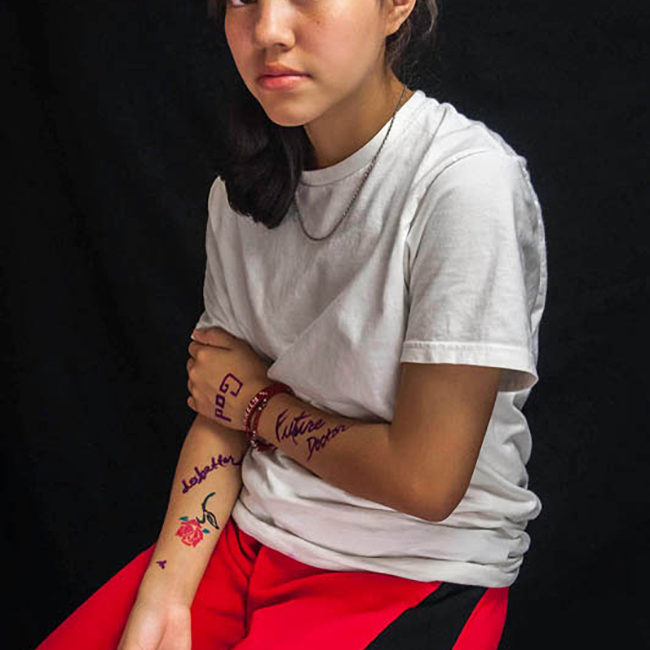
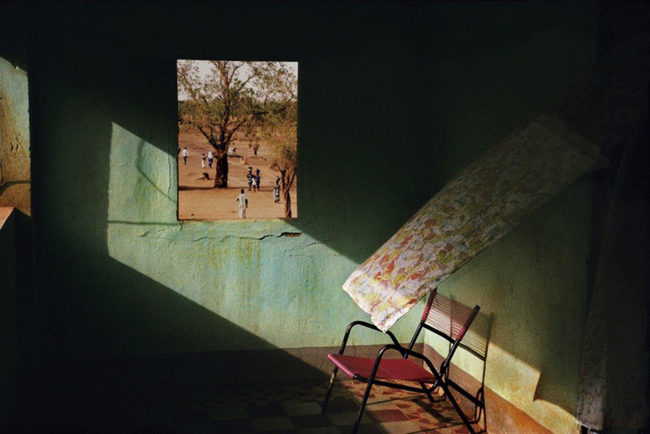



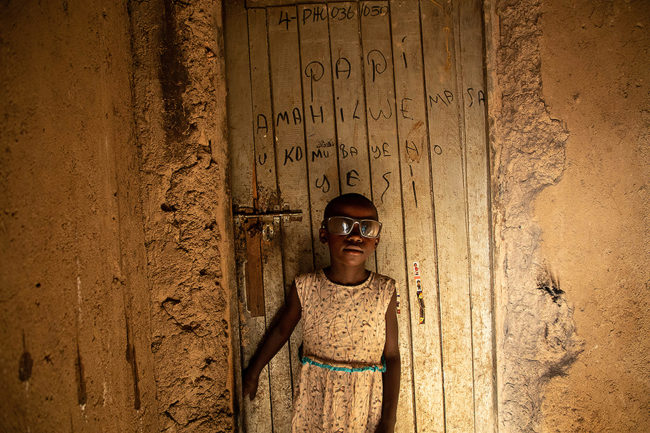
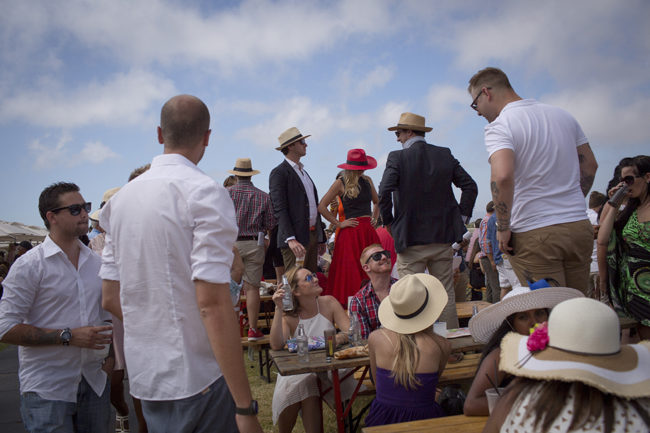

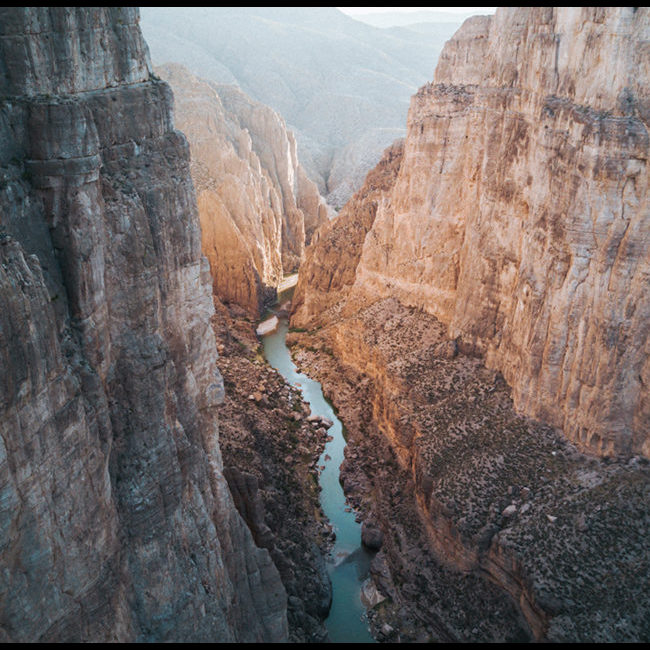
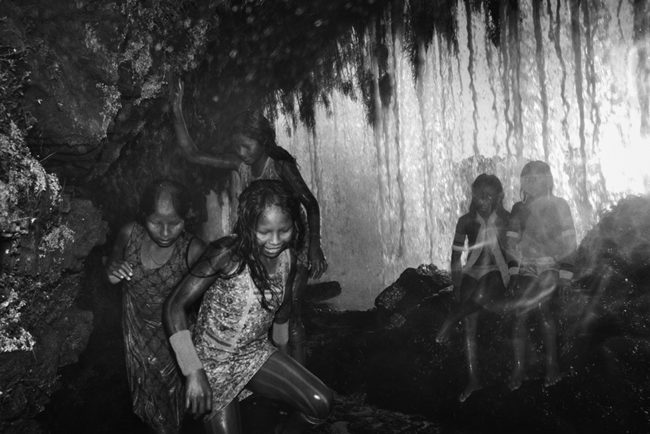
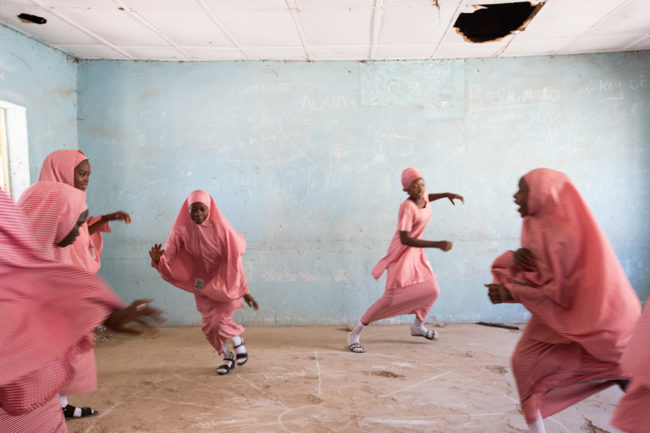
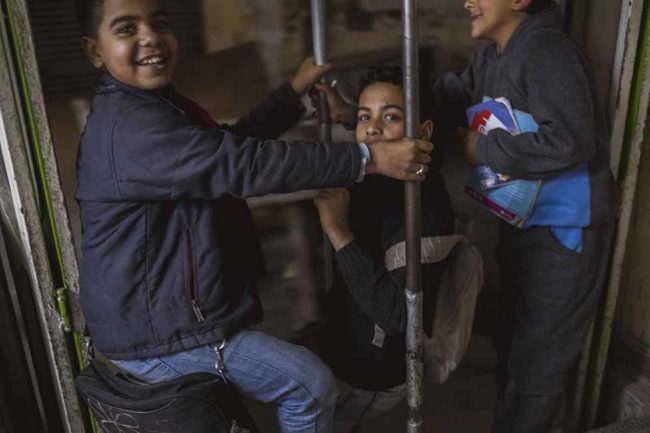
Thank you for your photographs and your words.
Beautiful work. You have a talent.